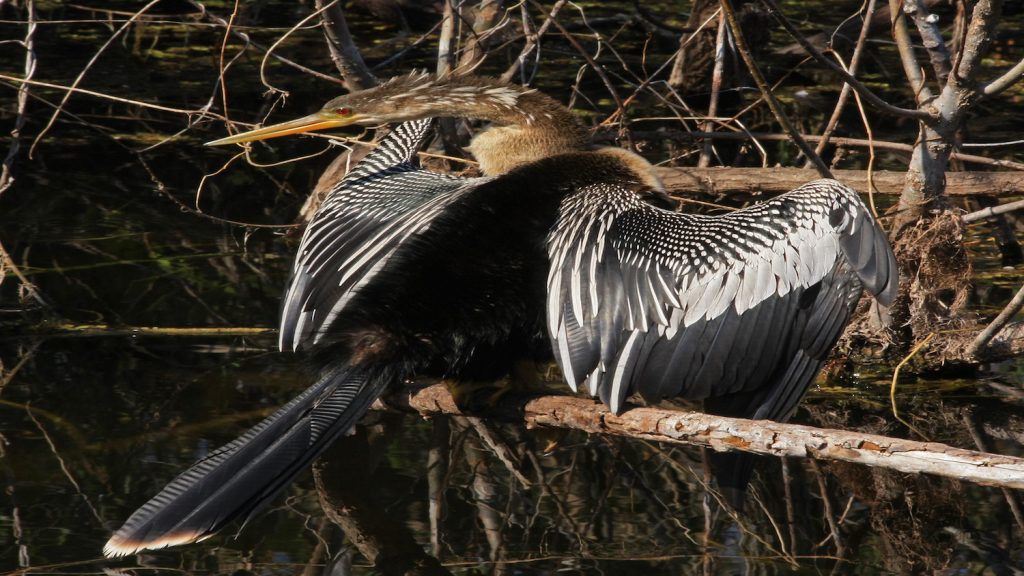Gulf of Mexico Avian Monitoring Network: A Forum to Facilitate Integrated and Complementary Data Collection for Avian Populations and Their Habitats

Principal Investigator: Mitch Eaton, SE Climate Adaptation Science Center
Project Completion: This project is now completed.
Implements Science Theme: 4 & 5
Co-Investigators: James Lyons (USFWS, Patuxent Wildlife Research Center), Randy Wilson (USFWS), Mark Woodrey (Coastal Research and Extension Center-Mississippi State University), Jeffrey Gleason (USFWS), Michael Just (Assistant, NCSU Global Change Fellow)
- Alabama Department of Conservation and Natural Resources
- American Bird Conservancy
- Audubon Mississippi
- Barataria Terrebonne National Estuary Program
- Biodiversity Research Institute
- Connecting Conservation
- East Gulf Coastal Plain Joint Venture
- Florida Fish and Wildlife Conservation Commission
- Grand Bay NERR
- Gulf Coast Bird Observatory
- Gulf Coast Joint Venture
- Gulf Coastal Plains & Ozarks Landscape Conservation Cooperative
- Gulf Coast Prairie Landscape Conservation Cooperative
- Louisiana Department of Wildlife and Fisheries
- Manomet Center for Conservation Sciences
- Mississippi Department of Environmental Quality
- Mississippi Department of Wildlife, Fisheries, and Parks
- Mississippi State University
- National Audubon Society
- National Fish and Wildlife Foundation
- National Park Service
- North Carolina State University
- Ocean Conservancy
- Southeast Climate Science Center
- Smithsonian Institution
- Texas Parks and Wildlife Department
- The Nature Conservancy
- Tulane University
- University of Florida
- University of Georgia
- University of West Florida
- U.S. Fish and Wildlife Service
- U.S. Geological Survey
Overview
The Deepwater Horizon oil spill directly impacted birds and their habitats at an unprecedented scale within the Gulf of Mexico. Early efforts to determine pre-spill baseline conditions for avian resources highlighted the lack of adequate data to inform decision-makers, as well as the lack of any comprehensive, integrated approach that would permit evaluation of realized damages or response to future on-the-ground restoration efforts. However, this environmental disaster has also resulted in an equally unprecedented focus on the Gulf ecosystem and resources to support its restoration and recovery. Designing a coordinated, integrated, and collaborative avian monitoring program for this system has many challenges: (1) the scope and scale of the Gulf ecosystem, (2) the number of partners, stakeholders, and required expertise; and (3) the amount of funding required to successfully design and implement a Gulf-wide avian monitoring program. Yet meeting this challenge is imperative to understanding population trends and cause and effect relationships that underscore demographic processes that drive trends; as well as providing a basis for judging success of Gulf restoration efforts.
Over the last two years, an ad-hoc working group of conservation partners representing >20 agencies and organizations have been utilizing a Structured Decision Making framework to identify and agree upon a set of core values and fundamental objectives that underpin avian monitoring needs within the Gulf of Mexico.
